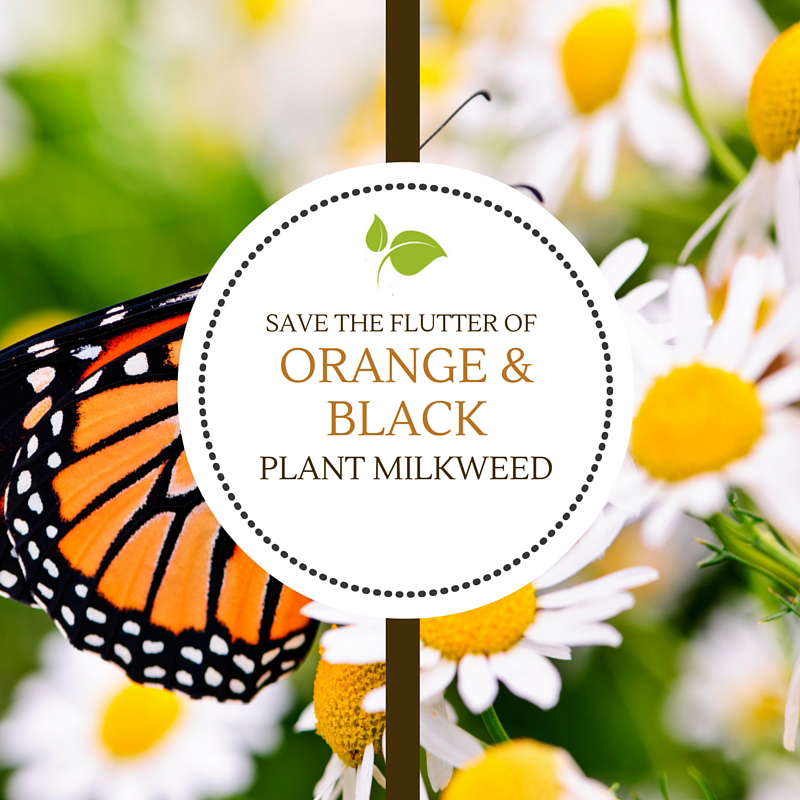
Take an afternoon stroll through the gardens at Wingard’s Market and you’ll be sure to spot the flutter of the orange and black wings of our favorite butterfly the Monarch. We are on a mission to save the most recognized and beloved butterfly in North America!
Butterflies add to the spectacular color show we enjoy every summer, but their numbers are dwindling due to the loss of their favorite habitat, the milkweed plant.
With the recent decline in milkweed, butterfly and garden enthusiast are coming together to save the only plant the female monarchs lay their eggs on…the milkweed.
Known for following the milkweed as they spread northward after the Ice Age, Monarchs return to the southeast every spring as soon as the milkweed start to bloom. Over the course of one summer, the Monarch will produce three generations that will feed on their host plant until fall when the last generation returns to Mexico to wait out the cold winter.
As a home gardener, you might wonder what you can do to help. The answer is very simple: Plant lots of butterfly-friendly flowering plants, such as the milkweed.
The joy you’ll get from spotting the distinctive white, yellow and black striping of the monarch caterpillar on your milk plant is incredible. It’s fun to watch them grow and take flight as a beautiful butterfly.
There are over one hundred species of the milkweed plants that are native to North America, and many make excellent additions to any garden.
Some of the best varieties of Milkweed for the Midlands are:

- Asclepias tuberosa – Common name: Butterflyweed
- Asclepias syriaca – Common name: Milkweed
- Asclepias verticillata – Common name: Whorled milkweed
- Asclepias incarnata – Common name: Swamp milkweed
- Asclepias viridiflora – Common name: Green Milkweed
Here are a few tips for caring for and adding milkweed to your garden:
- Plant species that are native to your region.
- Look for a sunny place where the butterflies can spot the plant from above.
- Avoid using pesticides and herbicides around milkweed.
- After the eggs hatch, the larvae will begin eating the leaves of the host plant. Don’t worry if the host plant is defoliated. It will recover.
- Deadhead milkweed flowers to prolong blooming during summer.
- At the end of the season, allow the plants to form those attractive pods that look great in dried flower
- Silky, parachute-like seeds will begin to drift out of the mature pods in late fall, spreading and reseeding themselves.
- Cut back old milkweed stalks in late winter, before new shoots start to emerge.
Make a gardening effort to encourage the return of the monarchs to your garden. Your effort will be rewarded with the addition of color and activity for years to come.
———————————————–
Here at Wingard’s Market we specialize in providing outstanding customer service, offer professional gardening advice, and answers to your every day gardening questions. Stop by and visit our beautiful Gift Shoppe, Fresh Produce Market, and take a stroll under century-old pecan trees through our Garden Wonderland!
Located at 1403 North Lake Drive in Lexington, SC. Call us at (803) 359-9091

